What is the ozone layer? When were your holes discovered? What are your causes? How are they closing? What is the Montreal Protocol? What is the Kigali Amendment?
We present a brief chronology on these topics. Who discovered the ozone layer, when the alarms were lit on their holes, what is being done about it and what the progress of the Montreal Protocol has been. Finally, we review its most recent modification through the Kigali Amendment, which entered into force on January 1, 2019.
1913. Henri Buisson and Charles Fabry develop a photographic system that leads to the discovery of the ozone layer in the upper atmosphere. The function of the ozone layer is to filter ultraviolet rays, which are harmful to life on Earth.
1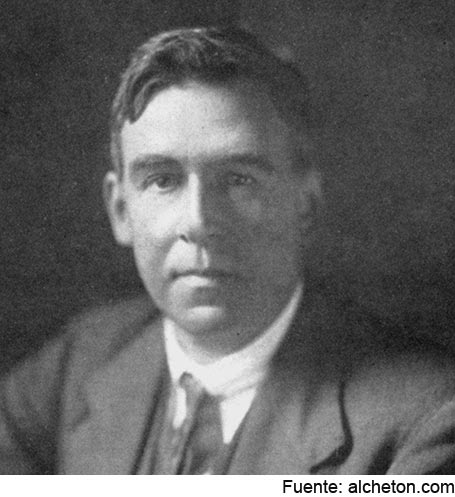 920-1930. Gordon Miller B. Dobson makes the first systematic measurements of stratospheric ozone. The British meteorologist develops a simple spectrophotometer that can be used to measure stratospheric ozone from the Earth’s surface. It concludes that the performance of the ozone layer varies according to latitude and season.
920-1930. Gordon Miller B. Dobson makes the first systematic measurements of stratospheric ozone. The British meteorologist develops a simple spectrophotometer that can be used to measure stratospheric ozone from the Earth’s surface. It concludes that the performance of the ozone layer varies according to latitude and season.
1928-1958. During this period Dobson installs a worldwide network of ozone monitoring stations, which continues to operate today. In his honor, the unit of measurement of ozone is named Dobson Unit.
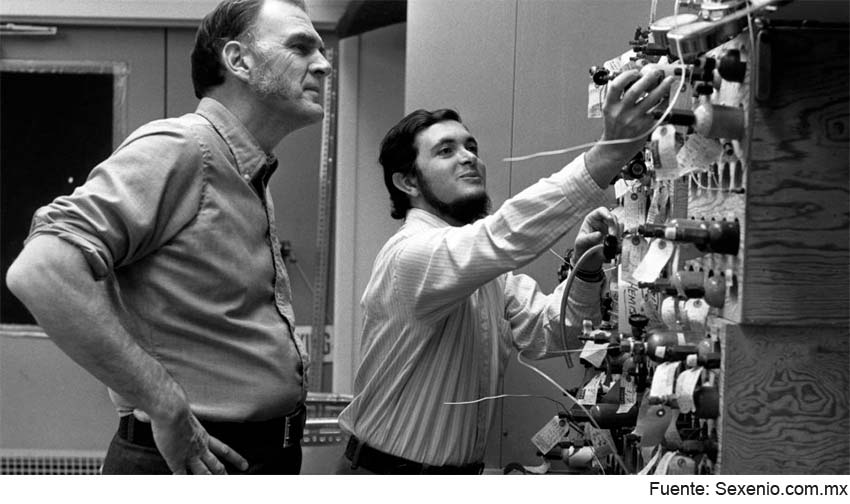 1974. Mario Molina, Mexican scientist, and Frank Sherwood Rowland, American scientist, demonstrate for the first time that chlorofluorocarbons (CFCs) reduce the ozone layer, essential for life on Earth. CFCs are the gases used in refrigerators, air conditioners and as atomizer propellants. The ozone layer has the property of filtering ultraviolet rays, protecting the skin from cancer, among many other things.
1974. Mario Molina, Mexican scientist, and Frank Sherwood Rowland, American scientist, demonstrate for the first time that chlorofluorocarbons (CFCs) reduce the ozone layer, essential for life on Earth. CFCs are the gases used in refrigerators, air conditioners and as atomizer propellants. The ozone layer has the property of filtering ultraviolet rays, protecting the skin from cancer, among many other things.
1974, December. Rowland and Molina testify their findings before a hearing of the House of Representatives of the United States of America. In 1995 they will share the Nobel Prize in Chemistry with the Dutchman Paul Crutzen.
1976. The National Academy of Sciences of the United States publishes a report that validates the results of Molina and Rowland and gives credibility to their hypothesis. As a result of this report, some countries, including Canada, Sweden, Norway and the United States, take the first initiatives to eliminate CFCs in aerosols.
1980. For a decade, the DuPont firm, the world’s largest CFC producer, is trying to convince the US government, and the general public, that CFCs are not responsible for the depletion of the ozone layer. His efforts are unsuccessful.
1985. The Vienna Convention for the Protection of the Ozone Layer is established. There a framework of negotiations for the regulation of substances that affect the ozone layer is created. 20 countries, including the largest CFC producers, sign the document.
1985, May 16. Joseph Farman, Brian Gardiner and John Shanklin, of the British Antarctic service, shake the world by publishing an article in the journal Nature documenting how the ozone layer, located on the Antarctic continent, was reducing faster than anticipated.
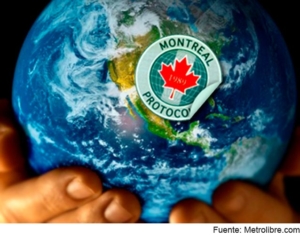 1987. Representatives of 43 nations sign the Montreal Protocol. They are committed to maintaining the CFC production levels of 1986 and reducing them by 50% in 1999.
1987. Representatives of 43 nations sign the Montreal Protocol. They are committed to maintaining the CFC production levels of 1986 and reducing them by 50% in 1999.
1989, January 1. The Montreal Protocol enters into force.
1990. A new agreement is signed in London, as a result of the accumulation of more scientific evidence on the human origin of the reduction of ozone in the atmosphere. The signatories commit to eliminate CFCs completely in the year 2000. Only a small percentage marked as essential use are allowed, such as inhalers for asthma cases.
1992. A new meeting in Copenhagen anticipates the date of elimination of the CFC for 1996. In later years it would be shown that this desire was too optimistic.
1992-1999. During this period the document of the Montreal Protocol is revised several times: 1991, Nairobi; 1992, Copenhagen; 1993, Bangkok; 1995, Vienna; 1997, Montreal and in 1999, Beijing.
1995, January 1. The twelve countries of the European Community prohibit the use of CFC, which is replaced by hydrochlorofluorocarbon (HFC), which also destroys the ozone layer, although its effect is 20 times less than that of the CFC. For this reason, its use will be temporary until finding a definitive substitute.
2001. A report from NASA warns that the weakening of ozone over Antarctica had remained the same as in the previous three years.
2003. The ozone hole reaches its second largest extension in history.
2006. The use of CFCs worldwide is prohibited. A scientific evaluation, published this year, states that “The Montreal Protocol is working. There are clear signs of a decrease in the presence of ozone-depleting substances and some early signs of a recovery of stratospheric ozone.”
2013. The Parties to the Montreal Protocol agree this year as the limit to set production levels for HFCs and begin their reduction process from 2015.
2016, October 15 197. Parties sign the Kigali amendment to the Montreal Protocol to gradually reduce the use of HFCs worldwide. This decision is made after discovering that HFC is a dangerous greenhouse gas with a global warming potential much greater than that of carbon dioxide.
The amendment reinforces the objective of the Paris Agreement to keep global warming below 1.5 ° C to 2 ° C by the year 2100. It is expected that by 2048 countries will not use more than 15% to 20% of their current consumption.
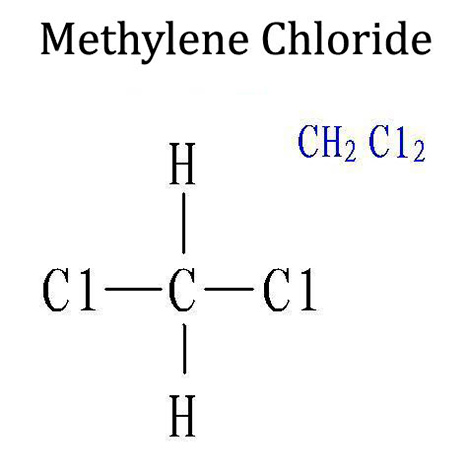 2017, June 28. Based on new research, BBC Mundo Ciencia headlines: “The chemical substance that endangers the ozone layer again”. Against all odds “The recovery of the ozone layer could take several decades longer than expected if the growing emissions of dichloromethane, a chemical used as paint thinner and prepare chemical compounds for refrigerators and air conditioners, are not slowed down.
2017, June 28. Based on new research, BBC Mundo Ciencia headlines: “The chemical substance that endangers the ozone layer again”. Against all odds “The recovery of the ozone layer could take several decades longer than expected if the growing emissions of dichloromethane, a chemical used as paint thinner and prepare chemical compounds for refrigerators and air conditioners, are not slowed down.
Dichloromethane – also known as methylene chloride – was not included in the Montreal Protocol, because it has a short life (it breaks down after about five months). However, it releases chlorine that can destroy ozone if it reaches the stratosphere.”
2017. According to a study published in the journal Nature Communications, dichloromethane levels in the atmosphere increased 8% annually between 2004 and 2014. Considering these new data, some scientists recalculated the closing times of the holes for 2065 -2095.
2018, May A study led by Stephen Motzka, a chemical researcher at NOAA, the National Oceanic and Atmospheric Administration of the United States, reported that “somewhere in Asia, emissions of banned chemicals that deplete the ozone layer are being generated.” A few months later, the Environmental Investigation Agency (EIA), based in the United Kingdom, said that these gases could come from polyurethane foam insulation for domestic use produced in China at a reduced price, although it is still being investigated. ”
2019, January 1. The Kigali Amendment to the Montreal Protocol enters into force. It aims to reduce production and consumption of HFCs by more than 80% in the next 30 years. Recall that the HFC came to replace the CFCs, after its ban by the European Community, in 1995, and globally in 2006. With its full implementation, the Kigali Amendment can avoid up to 0.4 °C global warming of this century. 65 countries have already ratified the amendment.
Sandor A. Gerendas-Kiss
Sources
UN Environment. World takes a stand against powerful greenhouse gases with implementation pf Kigali Amedment. Retrieve from https://www.unenvironment.org/news-and-stories/press-release/world-takes-stand-against-powerful-greenhouse-gases-implementation
Wikipedia. Montreal Protocol. Retrieve from https://en.wikipedia.org/wiki/Montreal_Protocol
BBC News. Science & Environment Ozone hole mystery: China insulating chemical said to be source of Retrieve from https://www.bbc.com/news/science-environment-44738952
UPI. NOAA reports rising concentration of ozone-eating CFCs. Retrieve from https://www.upi.com/NOAA-reports-rising-concentration-of-ozone-eating-CFCs/9171526928960/

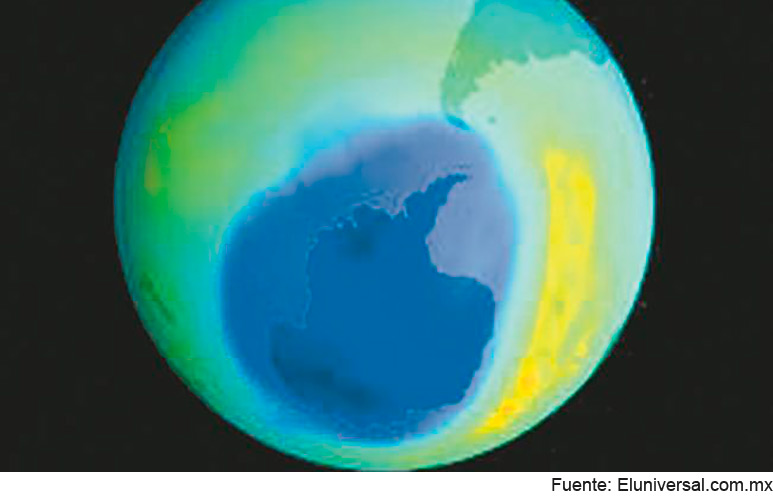





Leave A Comment